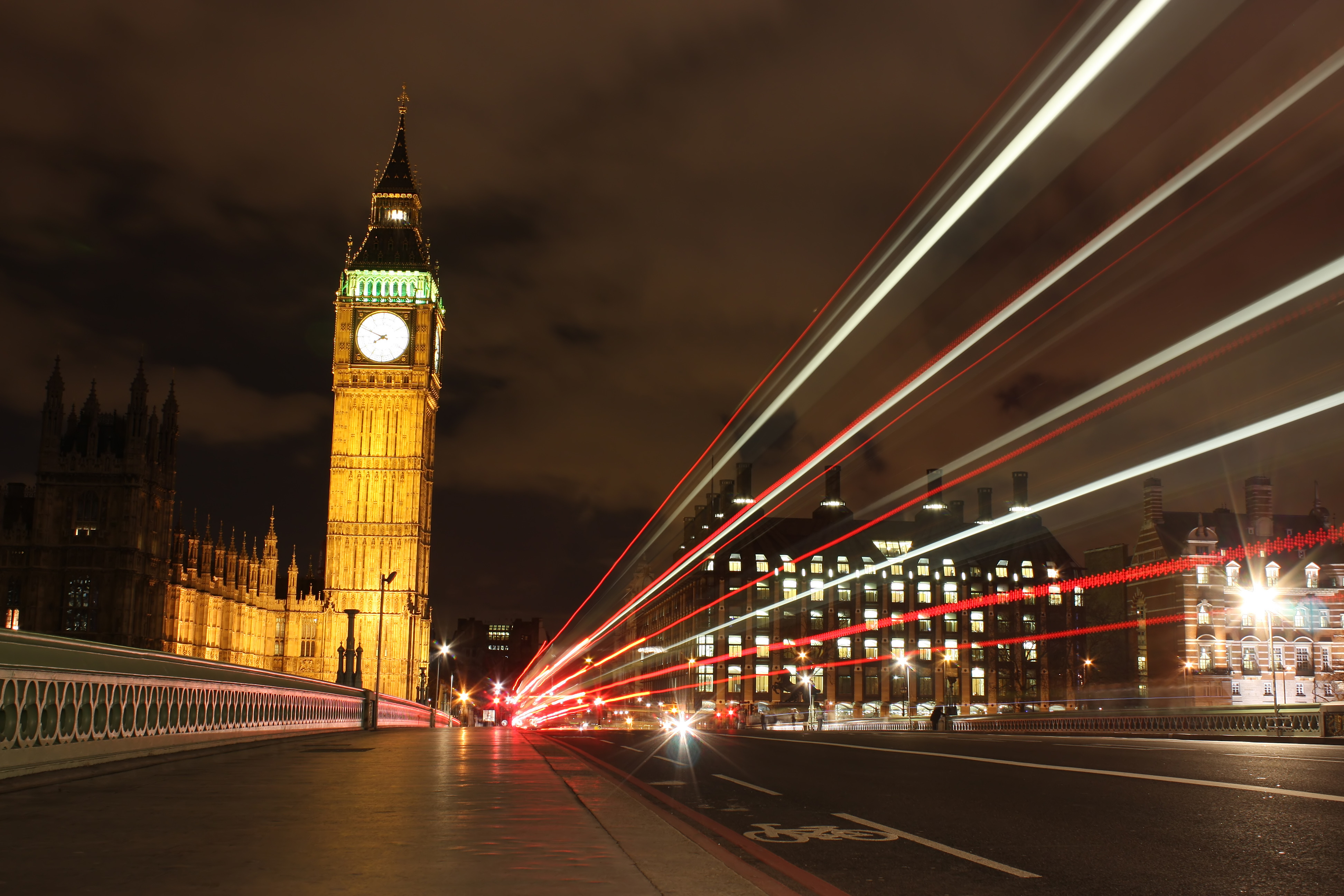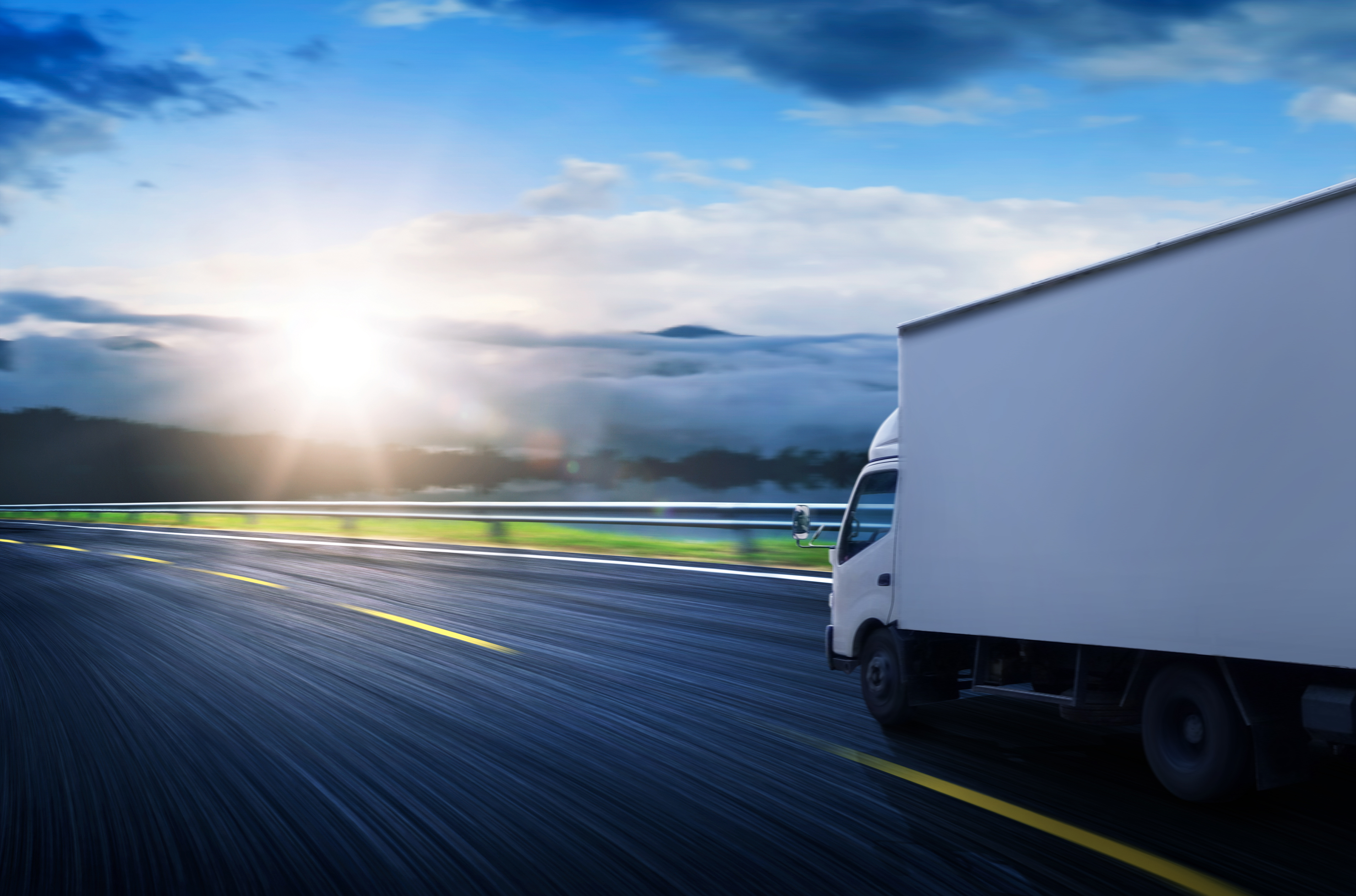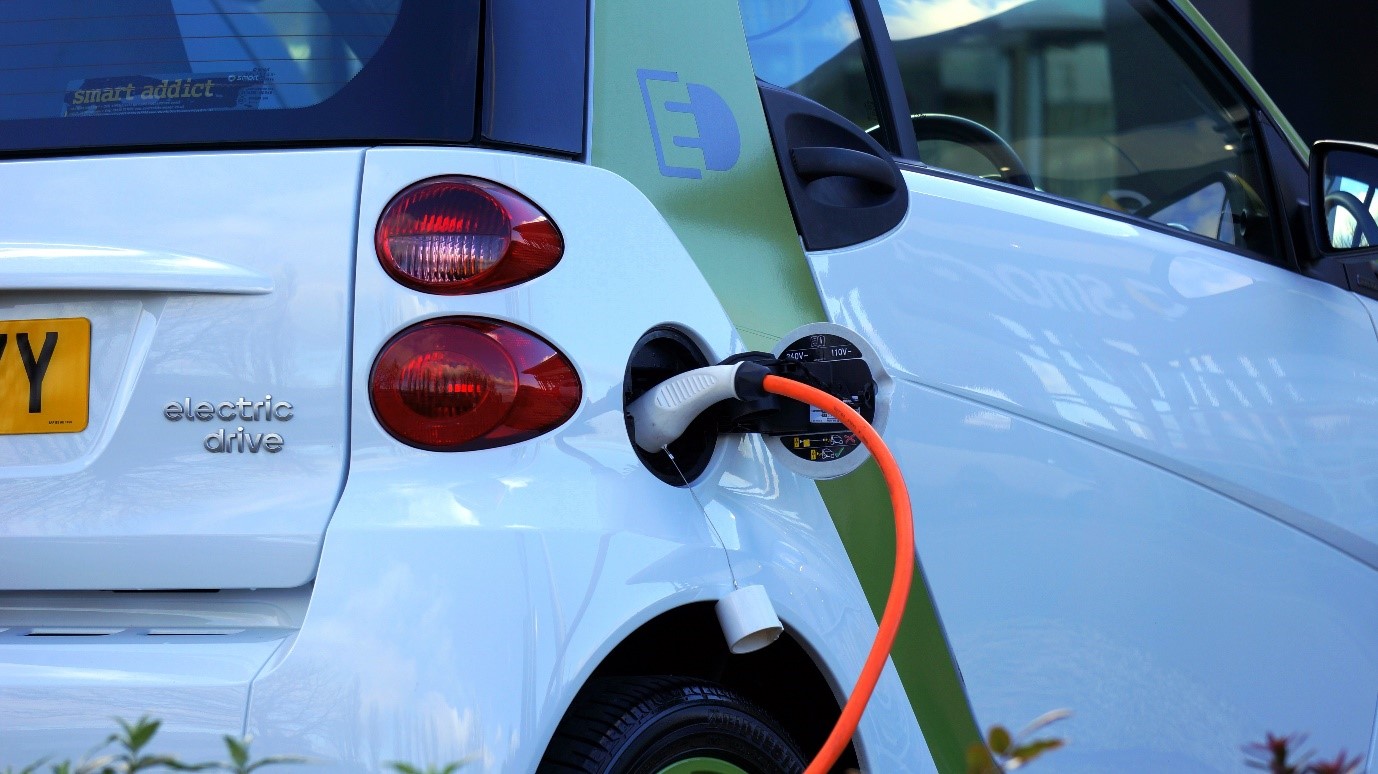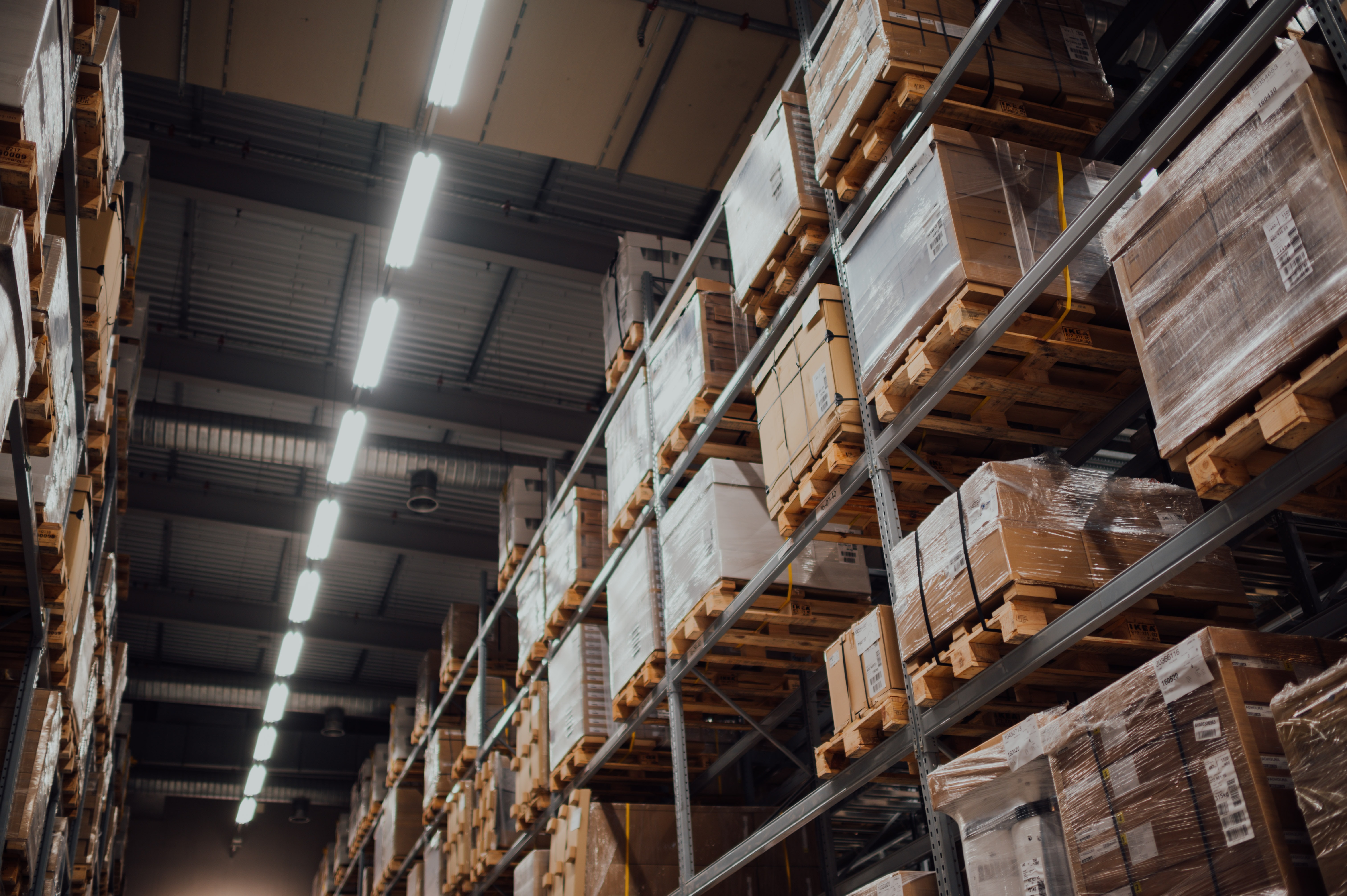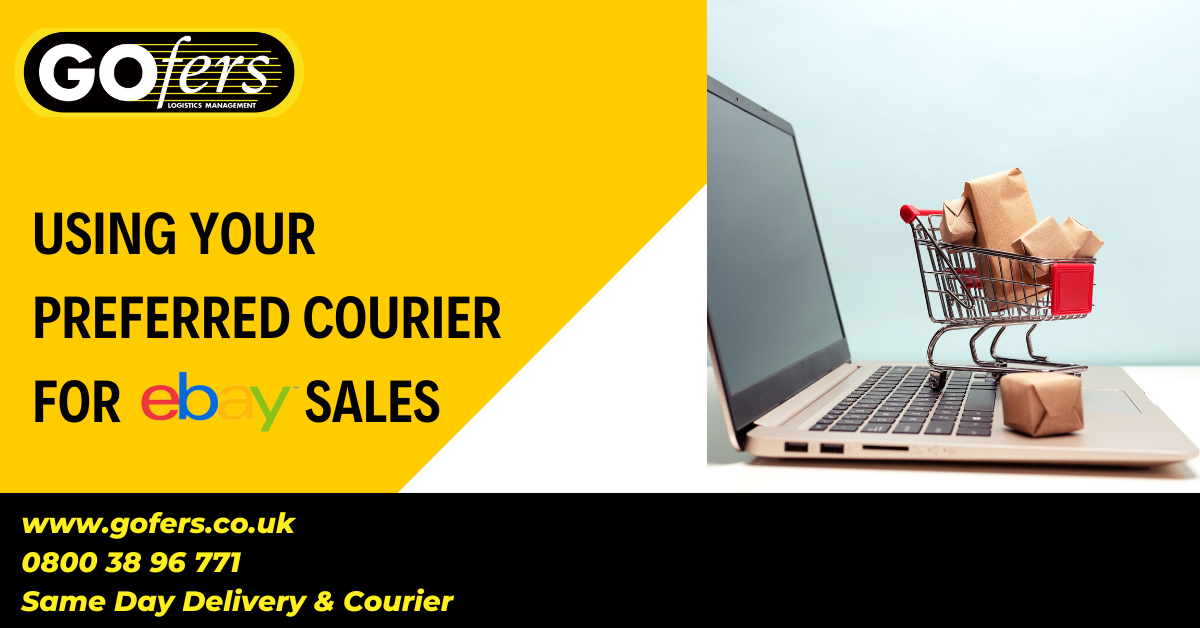
eBay have recently announced that the listing fees for buying and selling clothes have been removed for private sellers, cue a rise in people listing clothing on the eBay marketplace. With competition in the second-hand marketplace fierce between platforms such as eBay, Vinted and Depop, it’s little wonder that eBay have made this decision, however many people do complain that…



